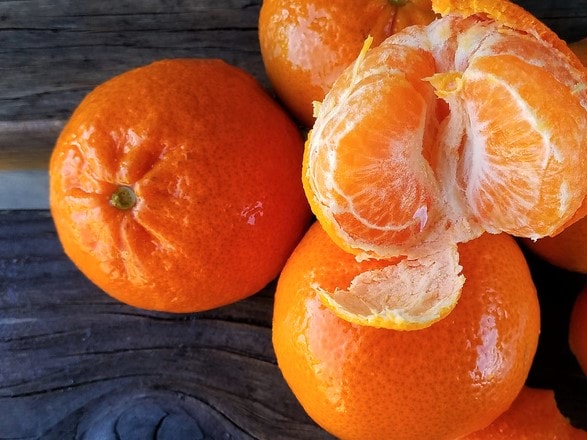

Their bark is rather thick and brownish-yellow in colour. However, these spiny trees can sometimes grow up to 8 m tall. Mandarin trees are low woody shrubs commonly measuring between 3.6 to 4.5 m in height. 11 In Southeast Asia, the Citrus reticulata and Citrus sinensis varieties are commercially grown in the cooler Cameron Highlands of Peninsular Malaysia. 10 Mandarin oranges today are commonly found in Japan, the East Indies, India, Australia and almost all tropical, sub-tropical and cooler parts of the world. “Mandarin” was an English reference for Chinese government officials. The fruit was likely to have been named mandarin because it was introduced to the West by China.

from China, which led to the commercial propagation of mandarins there. In the early 1890s, the ponkan variety was sent to the U.S. In 1888, seeds of the oneco mandarin, which were widely grown in the Western Ghats of India, were sent to the U.S.

Another variety of the fruit, the king mandarin, was sent from Saigon, Vietnam to California in 1882. and between 19, about a million budded trees of the same variety were sent to the Gulf for planting. In 1896, a variety of the fruit from Japan, the owari satsuma, was introduced to the U.S. From there the fruit spread to Florida and later to California in the U.S. 8 The Italian Consul in New Orleans in the United States imported Mandarin oranges from Italy between 18. By 1850, the fruit was well-established in Italy. From England, it was then introduced to the Mediterranean region. In 1805, two varieties of the Mandarin oranges were brought into England from Canton, China. Mandarin oranges were introduced to the West at the turn of the 19th century. 6 The Mandarin orange’s most distinctive feature is its easy-to-peel skin, which is so easy to remove that they are also called kid-glove or loose-skin oranges. 5ĭue to the variety of Mandarins, there were probably differences in their early classification, resulting in differing scientific names such as Citrus nobilis, Citrus deliciosa and Citrus chrysocarpa. Tangerines, for example, are the brightly-coloured variety of Mandarins. 4 Their fruits vary in size and colour, with some being seedless. 3 There are many different hybrids or varieties of Mandarins. Mandarin oranges are native to the tropical and sub-tropical regions of Asia such as southern Asia and the Philippines. 1 The fruit is high in Vitamin C and its juice is a popular drink. Associated with good fortune by the Chinese, it is a features prominently in local Chinese New Year celebrations. The Mandarin orange ( Citrus reticulata) is a tropical and sub-tropical tree belonging to the family Rutaceae.


 0 kommentar(er)
0 kommentar(er)
